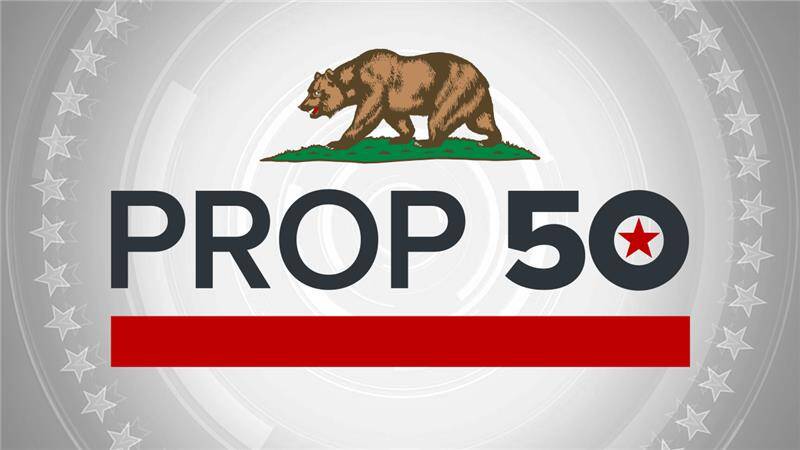
In a bold and deeply polarizing move, California voters approved Proposition 50 on November 4, 2025 — a sweeping redistricting overhaul that hands map-drawing power back to the Democratic-controlled state legislature. The measure, which overrides the state’s independent redistricting commission until 2030, is already triggering fierce backlash, legal threats, and renewed debate over whether Republicans have any meaningful foothold left in the Golden State.
🔍 What Prop 50 Actually Does
Proposition 50, officially titled the Election Integrity and Fair Representation Act, allows California lawmakers to redraw congressional districts mid-decade — a power previously reserved for the independent Citizens Redistricting Commission. The new maps are expected to favor Democrats, potentially flipping up to five Republican-held seats in regions like the Central Valley, Inland Empire, and parts of Orange County.
Supporters argue the measure is a necessary counterpunch to Republican-led redistricting in states like Texas and Florida, where mid-decade map changes have secured GOP dominance. Governor Gavin Newsom and national Democratic leaders framed Prop 50 as a defense of voting equity and a way to restore balance in the House of Representatives.
⚖️ Legal Storm Brewing
The ink on Prop 50 is barely dry, but lawsuits are already being drafted. Republican groups, constitutional lawyers, and voting rights advocates are preparing to challenge the measure on multiple fronts:
-
Violation of the California Constitution, which enshrines the role of the independent redistricting commission
-
Voter disenfranchisement, particularly in rural and conservative districts that may be carved up or diluted
-
Federal election law conflicts, especially if the new maps are seen as overtly partisan
Legal experts say the courts could intervene before the new maps are finalized for the 2026 midterms. If the lawsuits succeed, Prop 50 could be suspended or overturned — but if upheld, it may set a national precedent for mid-decade redistricting power grabs.
🟥 Do Republicans Even Exist in California?
The short answer: yes — but they’re increasingly boxed in.
California’s GOP still holds a handful of congressional seats and maintains influence in local governments, especially in agricultural and inland regions. But Prop 50 directly targets many of these districts, redrawing boundaries to favor Democratic challengers. With voter registration trends leaning heavily blue and urban centers dominating turnout, Republicans face an uphill battle.
Turnout among conservatives in the 2025 special election was notably low, with many citing the absence of Donald Trump on the ballot as a key reason. Without his name driving enthusiasm, GOP voters stayed home — a dynamic that Democrats exploited with aggressive ground campaigns and ballot measure messaging.
Republican leaders in California called Prop 50 “a legislative coup” and warned that it could further alienate conservative voters. Some are now pushing for a statewide referendum to restore the commission’s authority, while others are urging national GOP support for legal challenges.
🔮 What Comes Next
-
The California legislature will begin implementing the new maps in early 2026.
-
Legal challenges could delay or derail the process, depending on court rulings.
-
Republicans are expected to use Prop 50 as a rallying cry for fundraising, voter mobilization, and national messaging about “Democratic overreach.”
🧭 The Bigger Picture
Prop 50 isn’t just a California story — it’s a flashpoint in the national battle over redistricting, representation, and partisan control. As Democrats celebrate a strategic win, Republicans warn of long-term consequences for voter trust and institutional integrity.
Whether the courts uphold the measure or strike it down, one thing is clear: California has reignited the redistricting wars, and the ripple effects will be felt far beyond its borders.
Add comment
Comments